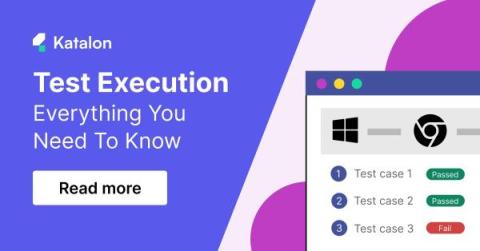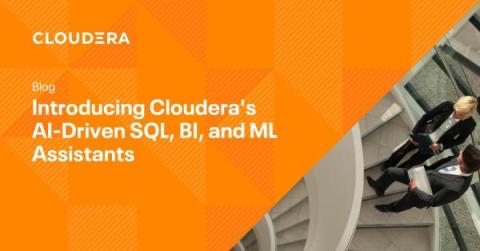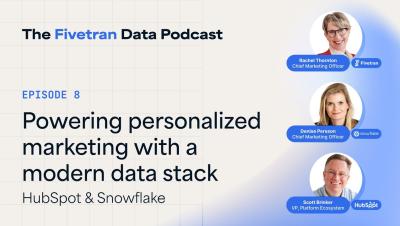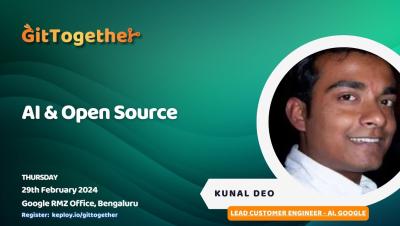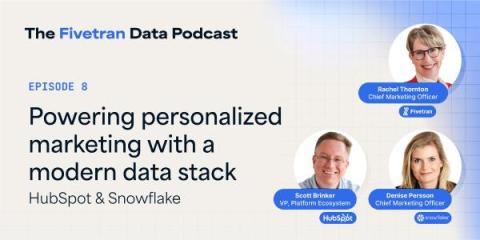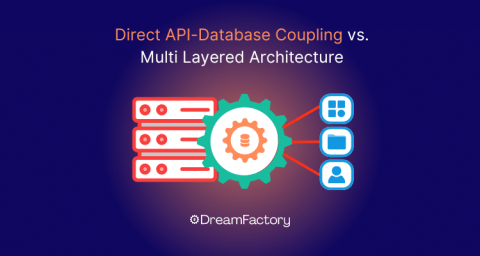Test Execution: How To Do It Properly
To execute locally, remote, or on-cloud? That is the question. But test execution is more than just “hitting Enter and seeing if it passed or not.” If you are doing it manually, test execution is about performing every single test step as outlined in the test case. For automation testing, test execution takes on another layer of complexity: In which environment should you run the test? Which test cases should you prioritize for execution?


